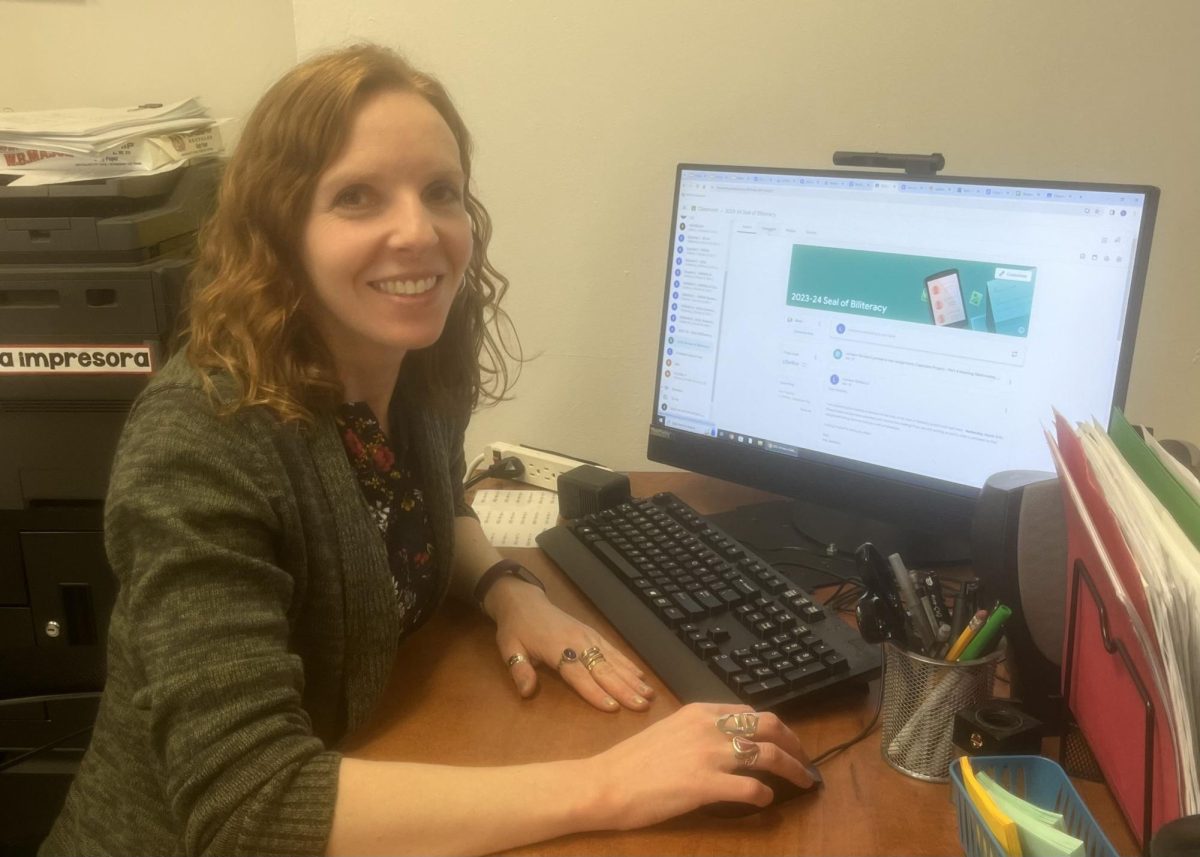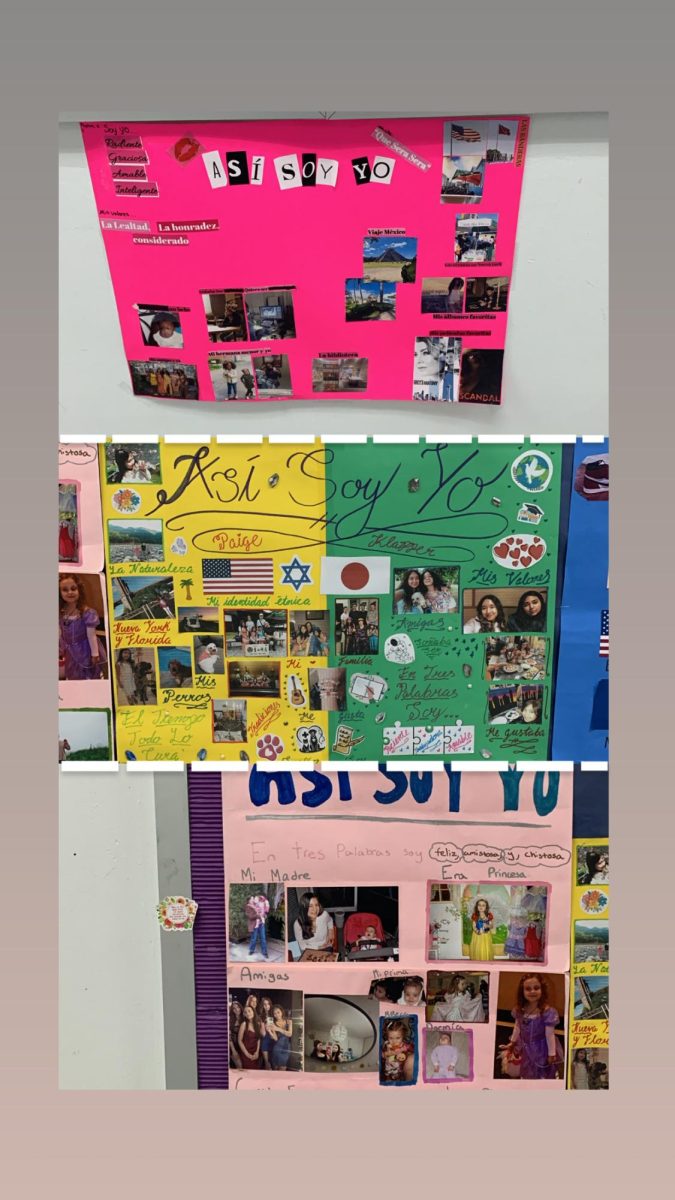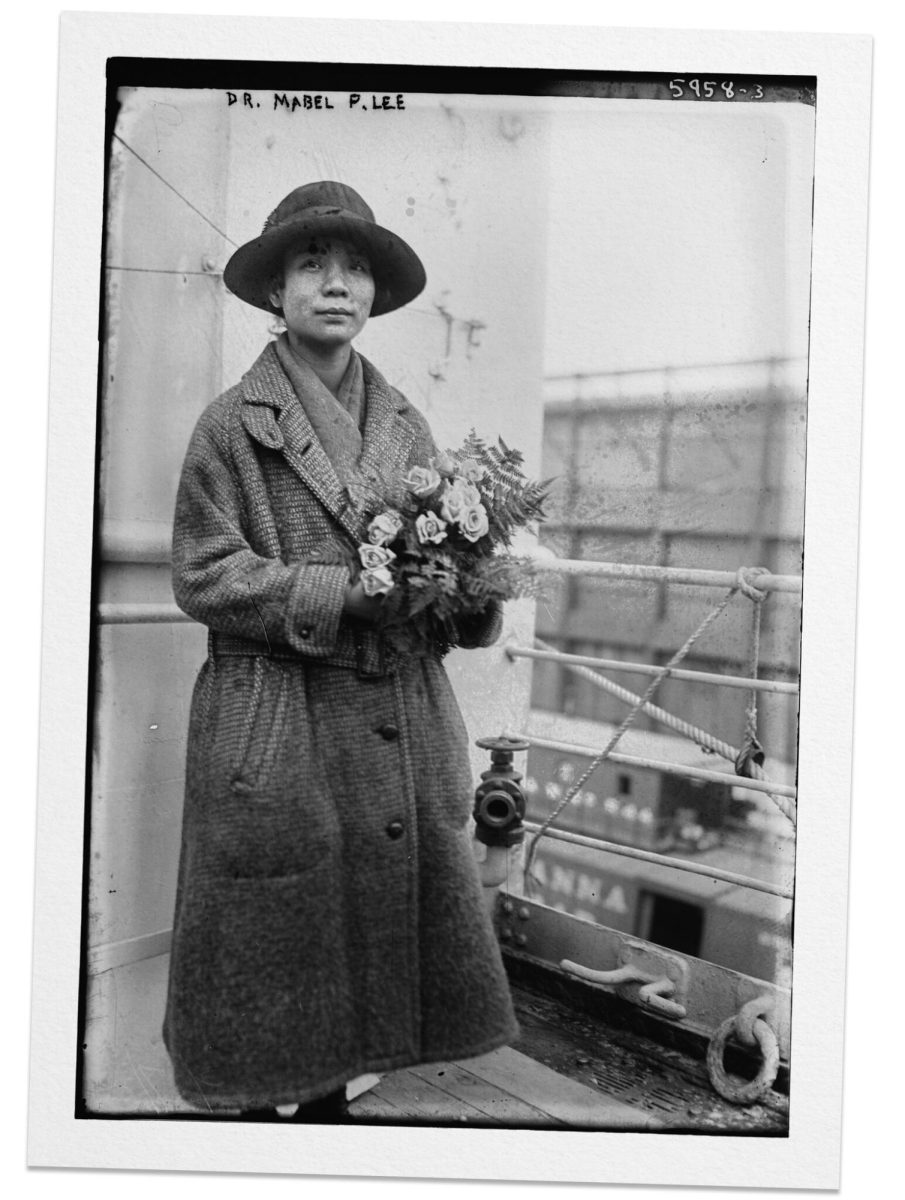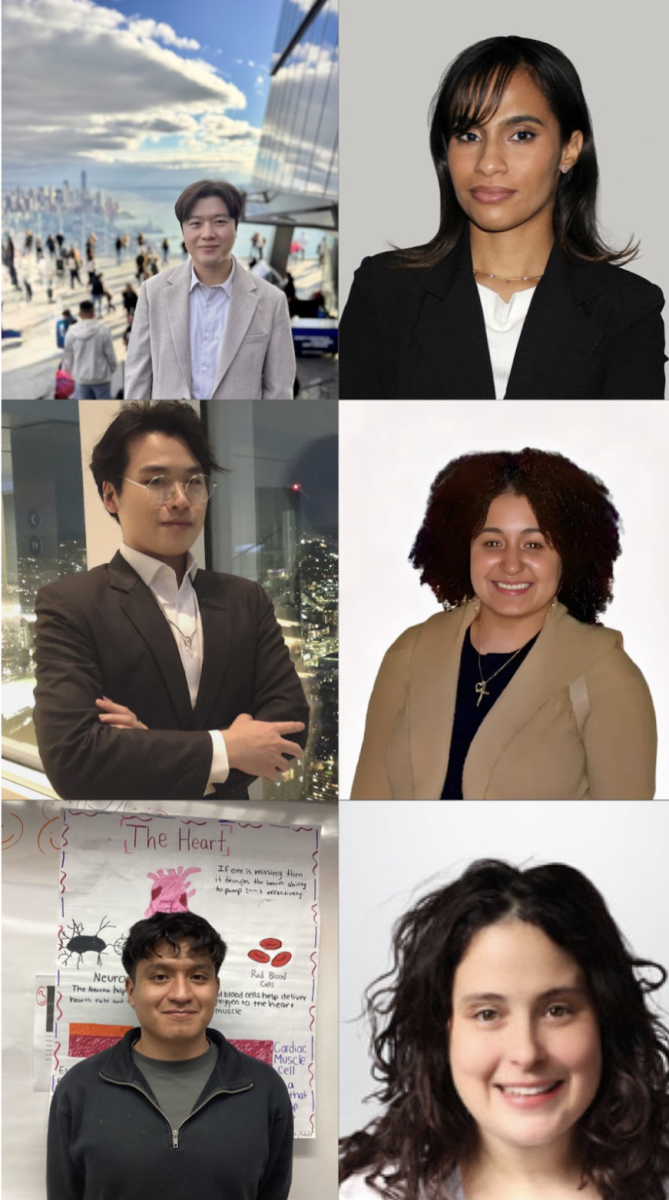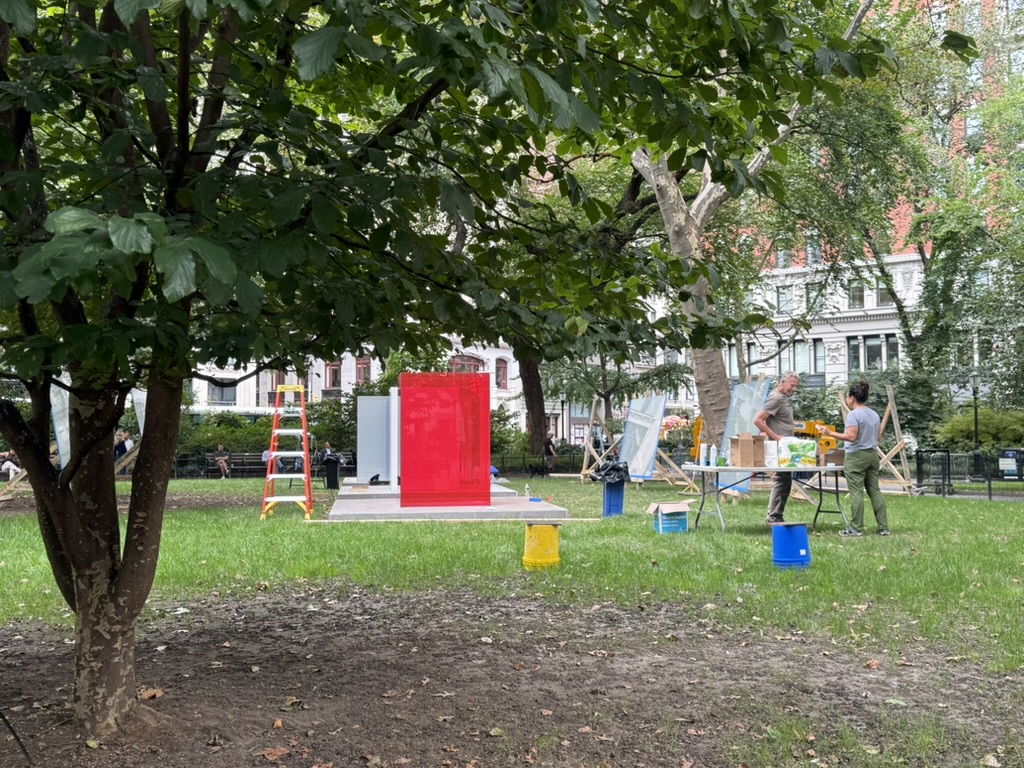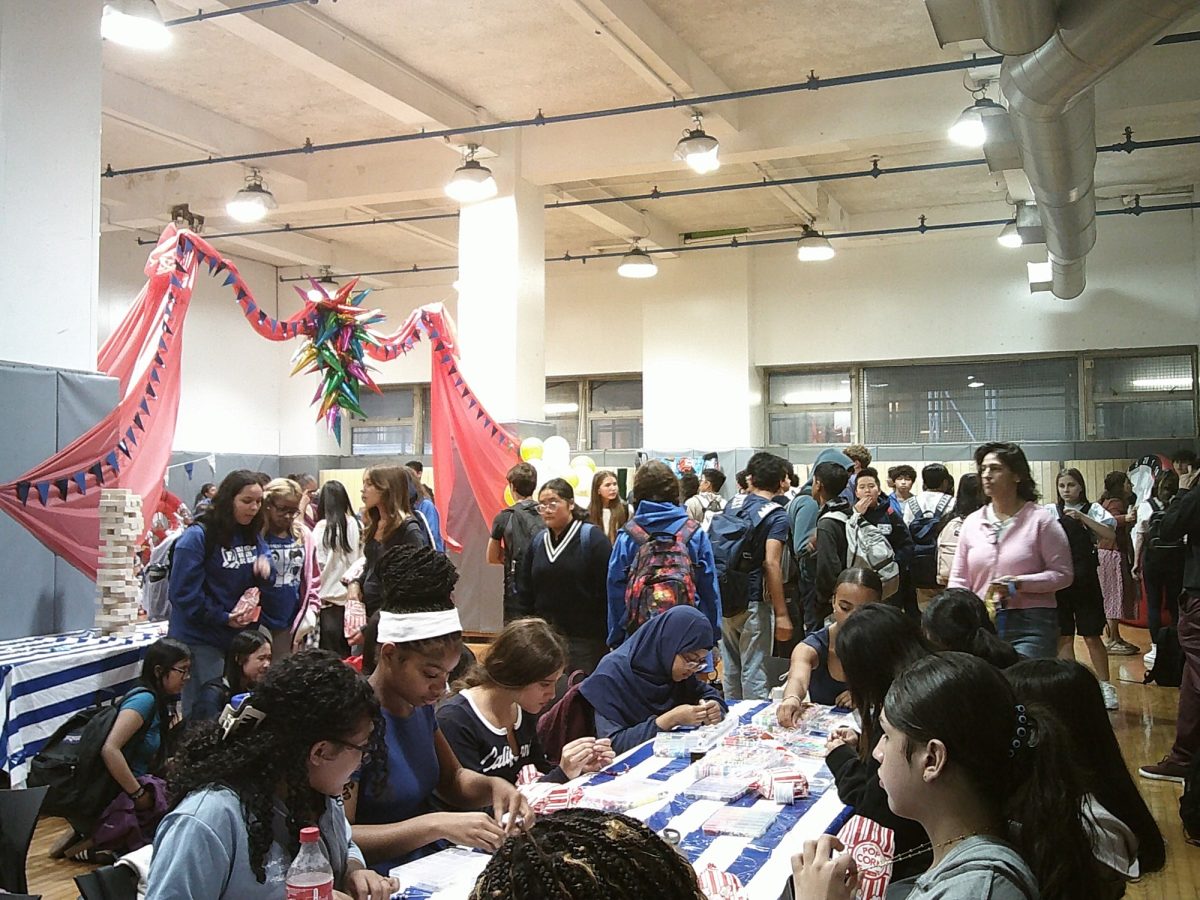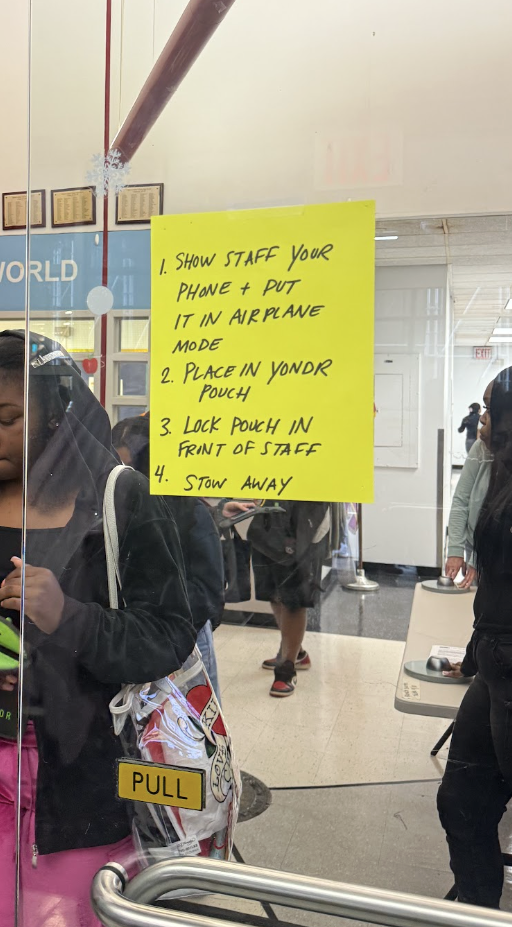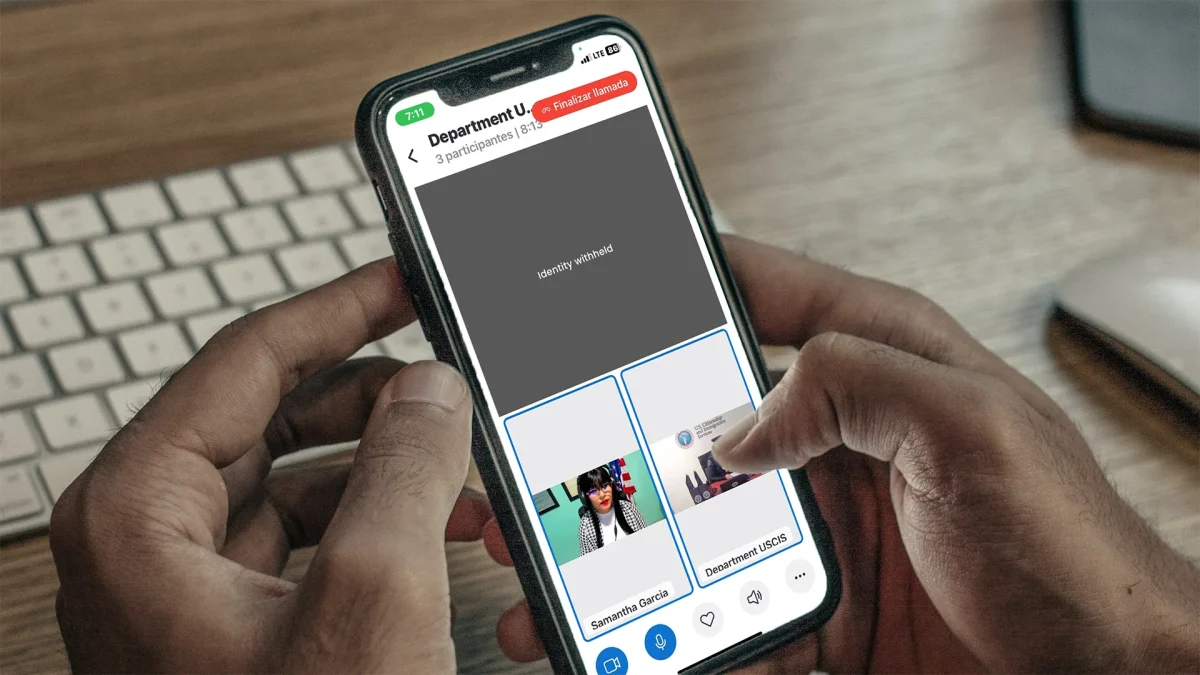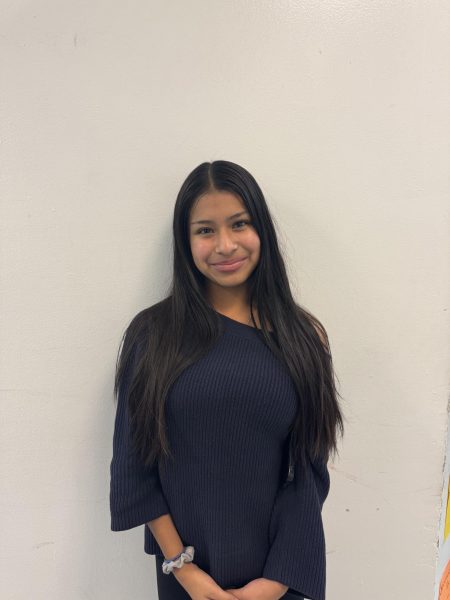The Seal of Biliteracy is an award given by a school, school district or state in recognition of students who have studied and attained proficiency in two or more languages by high school graduation. The purpose of the NYS (New York State) Seal of Biliteracy is to recognize high school graduates who have attained a high level of proficiency in a language other than English.
The Seal of Biliteracy can’t be completed in one day. It involves a lengthy process of attending meetings with mentors and commitment to make sure those pursuing it on track. Currently, only juniors and seniors are partaking in the Seal.
The process begins completing the NYSSB (New York State Seal of Biliteracy) application. The form goes over basic information such as what language the student is going to pursue the Seal in. After the application is reviewed and the student is considered eligible, the journey begins.
Eligible students will be paired with a mentor proficient in the language to guide them. Students must complete the Capstone project, which includes four parts, to receive the Seal.
Part I is a personal essay that relates to a chosen subtheme and serves as a foundation for the following parts.
Part II is an annotated bibliography. It is the part which most students currently trying to attain the Seal have recently completed. They say it’s tedious and time-consuming due to having to attend after-school meetings and the amount of work.
Part III is an essay that addresses how the topic which was explored impacts and influences the writer’s life, own community and the community they researched in Part II. Part III essay is a synthesis of Parts I and II.
The last part, Part IV, is a presentation and oral defense of their overall project to a Capstone Biliteracy Project (CBP) Assessment Panel. The assessment panel requires at least two qualified adult speakers of the language. Panelists can include classroom teachers, other faculty and staff and community members.
Spanish teacher Loriann Nardacci is the head coordinator of the Seal of Biliteracy at the school alongside fellow Spanish teacher Maria Garcia. With Garcia on maternity leave, Nardacci has been the only coordinator.
Nardacci is a mentor for multiple students completing the Seal in Spanish.
“The part of earning the Seal of Biliteracy that is the most challenging is the Capstone project. Which is a considerable amount of work; and I think it can seem a little overwhelming and at this point, I’m thinking about where students may have hit that roadblock,” she said.
Nardacci also said she’s noticed part two of the project seems to be the most difficult for students.
“They have strong interpretive skills in the language that they are getting the Seal of Biliteracy in, so they have to find sources in that language and conduct research and be able to create an annotated bibliography,” she said.
Throughout this process, Nardacci said she values how well she gets to know the hardworking students pursuing the Seal.
“I would like to hear from the students. I would like to work on how to celebrate students along the way so that they don’t lose sight of why they are doing this, all this extra work and they feel that they are getting something out of it as well,” she said.
So who is eligible to do the Seal? This question is often asked and misconstrued. It is assumed that only certain people can partake.
Nardacci said students can earn the Seal by being at an intermediate or advanced level in romance languages such as Spanish, Portuguese and French. However, speakers of other languages could also partake in the process.
“If it’s a category three or four language, like Arabic or Mandarin, then they have to be an intermediate mid-level in all of the skills meaning, in speaking, in listening, reading and writing,” she said.
Regardless of who they are and what their language is, all students must complete the project to be eligible to receive the Seal of Biliteracy.
Junior Nairie Enriquez is completing the Seal for Tagalog.
“The Seal of Biliteracy is about doing more research into a language that you chose and the culture and the country,” she said. “I’m currently doing part two, but I’m going to turn it in late. I would say it’s too much to do because I don’t have time to do the essays.”
Regarding organization, Enriquez said it could be improved.
“There are actually still multiple languages that don’t have a mentor. I can’t take the Tagalog exam because they couldn’t find the exam for it.”
While Enriquez is still pursuing the Seal, multiple others have dropped pursuing it due to scheduling and personal priorities. Junior Melanie Sinichi is one of these students.
“I wanted to focus more on my AP courses, like Stats,” she said. “I think that it was more important.”
Students currently participating in this process are feeling a mixture of pressure, uncertainty and excitement such as junior Abigail O’Connor.
“I feel like I struggle to keep up with the deadlines a little bit and that makes it a little bit stressful,” she said. Her schedule sometimes conflicts with meetings for the Seal, which means she misses some of her other clubs. However, she is sticking with it.
“The process has been overall positive,” O’Connor said.


